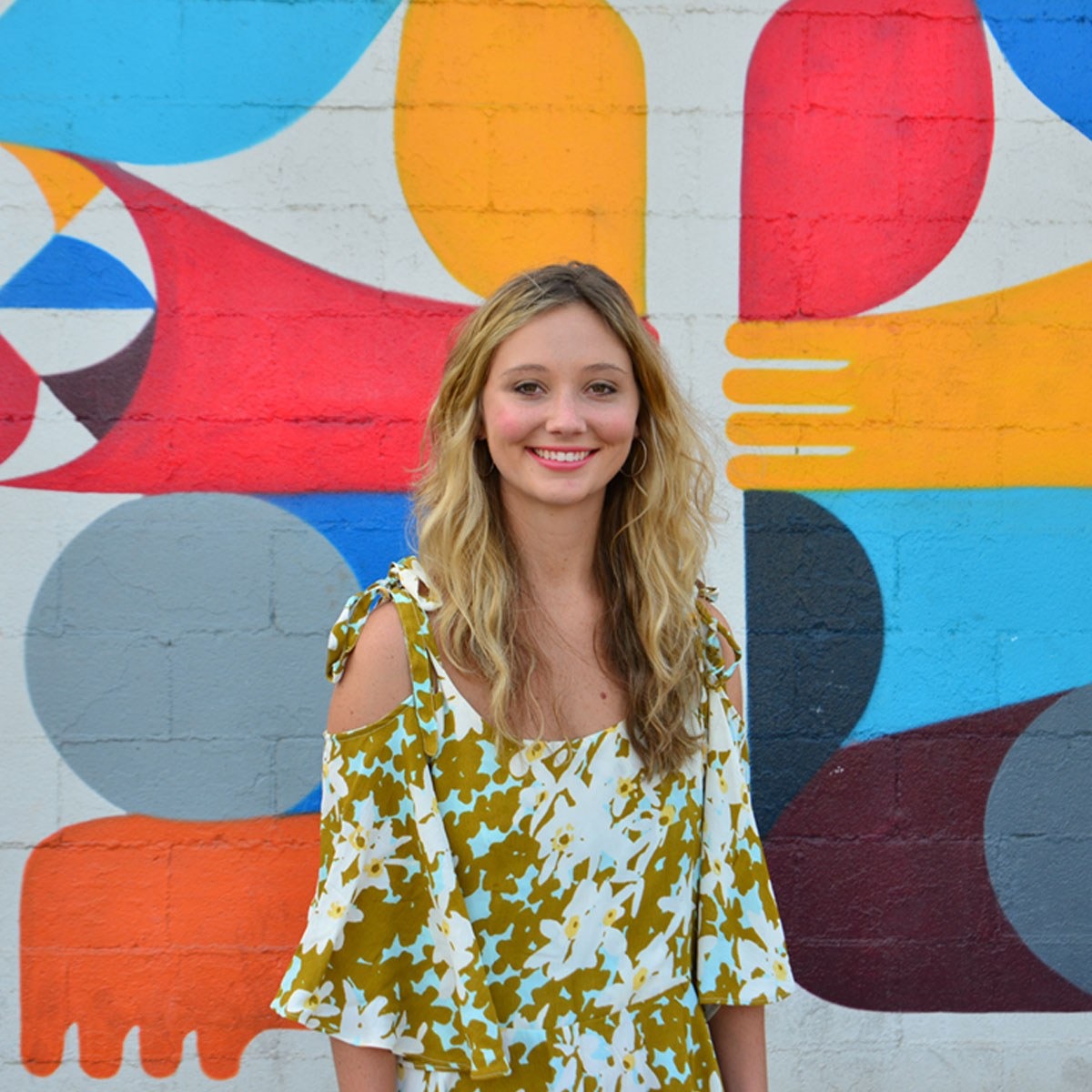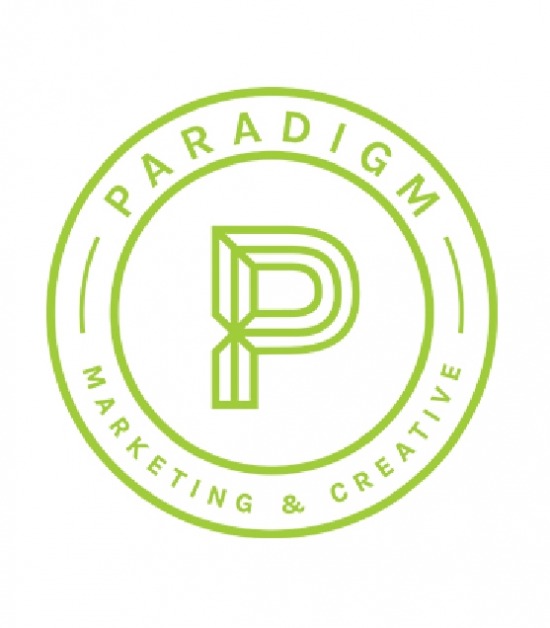When not to use a JPEG - The best time to use each file format

Your file is finally perfect, and you send it off to print. When it comes back, you are annoyed because it is blurry and the colors are not what you saw on screen. What happened? Sounds like you need a refresher on file types. When working with digital and print files, it can sometimes be confusing to know which type of file format to send a printer or developer so that the work is displaying at the highest possible quality. Here is a brief guide on some common image file formats and when they should be used.
The two major types of images are raster and vector. Let’s talk about the difference between the two so we can better understand the file formats.
Raster
Raster images are made up of a grid of squares called pixels. Each pixel is assigned a color, so the more pixels an image contains, the more detail the image will have. If a raster image is enlarged to be bigger than its intended size, or if you zoom in, the image detail will become poor and pixelated.
Vector
Vector images are made of a mathematical expression that tell the screen how to display the graphic. Because of this, when you scale or transform a vector image no detail is lost or compromised.

Before

After
JPEG, Joint Photographic Experts Group
Raster
A JPEG is one of the most common formats encountered. JPEG is named after the team that developed it, Joint Photographic Experts Group and is a lossy raster format. (Lossy images allow some detail loss so that the file size can be made small.) Most digital cameras save files in JPEG format. JPEGs are great for displaying photos online because they are usually a small sized file when saved at the right resolution which is great for loading online while retaining detail wanted in a photo. The JPEG file format also does not show text or illustrations as crisply as other file formats, and it does not support transparency.
Best for use when:
- Displaying a photo electronically in email or online
- Printing a file at that resolution. (Although be sure to make sure the color profile is CMYK.)
________
PNG, Portable Network Graphic
Raster
A PNG is a file format that was created to be a higher quality version of a GIF. It has lossless compression so when it is edited it does not lose quality. It displays text and sharp lines for graphics and illustrations much more crisply than a JPEG and it supports transparency. Because they do not sacrifice detail in lossless format, complex artwork or photos can become very large files. PNGs were designed for web and do not support CMYK color profiles needed for printing. PNGs do not support animation.
Best for use when:
- You need a high quality image with a transparent background to display electronically.
- You have a simple graphic or illustration that needs to be a small file without losing quality.

________
GIF, Graphics Interchange Format
Raster
GIF is a lossless format that has gained popularity for supporting animation. Though it is lossless, GIFs can be saved with customizations that allow for fewer colors and image information to create very small file sizes. Like PNGs, GIFs support transparency in an image. GIFs cannot support an image high enough quality for print and have a limit of 256 colors.
Best for use when:
- Displaying a web animation
- Needing a small web file that supports transparency
________
TIFF, Tagged Image File Format
Raster
TIFFs were developed in the 1980s and were then used to save high quality images of documents. This format is great for saving high quality images with detail such as photographs and complex artwork. TIFFs also support transparency. Unlike a JPEG, TIFF is lossless and does not lose quality when edited, but the file size is usually very large. TIFF is optimized for printing high quality images, but when displaying an image online, a JPEG or PNG would be preferred.
Best for use when:
- Printing or scanning high quality images at large sizes
________
PDF, Portable Document Format
PDF format was originally created to send simple documents electronically instead of fax. Text heavy documents and posters are still often saved as a PDF. Both Vector and Raster images can be saved in a PDF file format. PDF has greatly gained popularity with capabilities for interactivity and it a preferred format by many printers. If a file needs to be edited, PDF is generally not a good format for saving a file. However, capabilities for saving layers and differentiating between layers of text and image have been added so some editing may be possible.
Best for use when:
- A file is ready to printed
- A document should be made into an interactive form
- Displaying text heavy documents electronically
________
EPS, Encapsulated PostScript
Vector
Although it is typically used for saving vector files, technically an EPS can include vector and raster images. An EPS is similar to an Adobe Illustrator file but can open among universal programs, is scalable and can be easily formatted for printing. Saving a vector graphic as an EPS rather than illustrator file may cause a loss in advanced editing features. Since Adobe Illustrator is now the most popular vector editing software, an AI file is often an acceptable substitute for an EPS.
Best for use when:
- Sending vector graphics to print
- Working with a vector graphic across design programs
Although these are definitely not all file formats these are some of the most common ones you might encounter when working with documents and images for print and web. Hopefully this handy list can help you know what you’re looking for next time you need to print a high quality image or load a fun animated GIF to your office chatroom.
